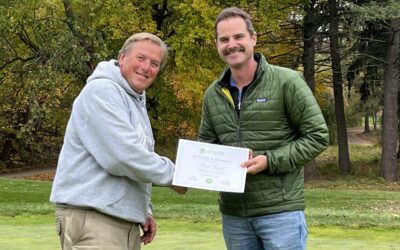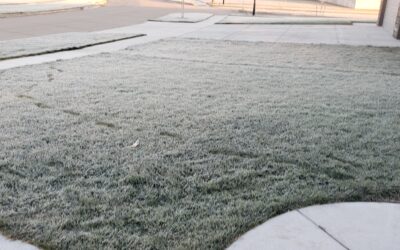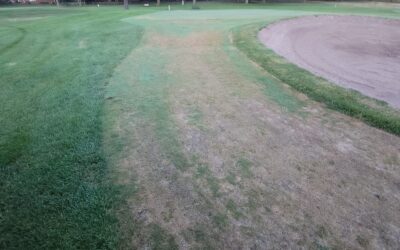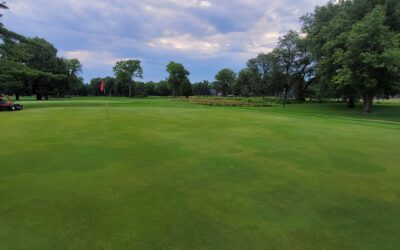GREENKEEPER BLOG
GreenKeeper University Honors First Graduating Class
GreenKeeper University celebrated and recognized its first graduating class. This inaugural class captured the diverse array of turf professionals that can benefit from online education in GreenKeeper University. They proved how the CEO of a golf...
Frustrating Frost Formation
It can be so frustrating to scout a golf course for frost on a crisp fall morning. It's 6AM and there is no frost on the course. Then the mowers get out and frost covers every blade of grass. How does this happen? The sun is starting to rise and then frost forms?!?...
2023 GreenKeeper University Course Registration Now Open
The team at GreenKeeper University is excited to announce that the course schedule and registration page for the 2023 academic season is now live! GreenKeeper University is a convenient online educational program that offers courses in the field of turfgrass science....
Do Wetting Agents Help Fairways?
Wetting agents can easily pay for themselves when managing turf growing on sand-based or sand-capped soil. These products improve soil moisture uniformity, water infiltration rate and alleviate issues of soil water repellency - called soil hydrophobicity - in sandy...
Late Summer Sugar Lows
It's mid-August 2022 and many turfgrass managers feel as tired as their grasses. The sun is slower to rise, the shadows are starting to lengthen, and it's more difficult for me to pop out of bed when my alarm clock sounds. The weather has been brutal across much of...
PGR Resistance During Summer Heat?
It's been hot and humid, and many golf course putting greens are growing rapidly. Plant growth regulator programs that were dialed-in during May and June appear to be non-existent during July. Growth rate is surging, green speeds are declining, and puffy conditions...






